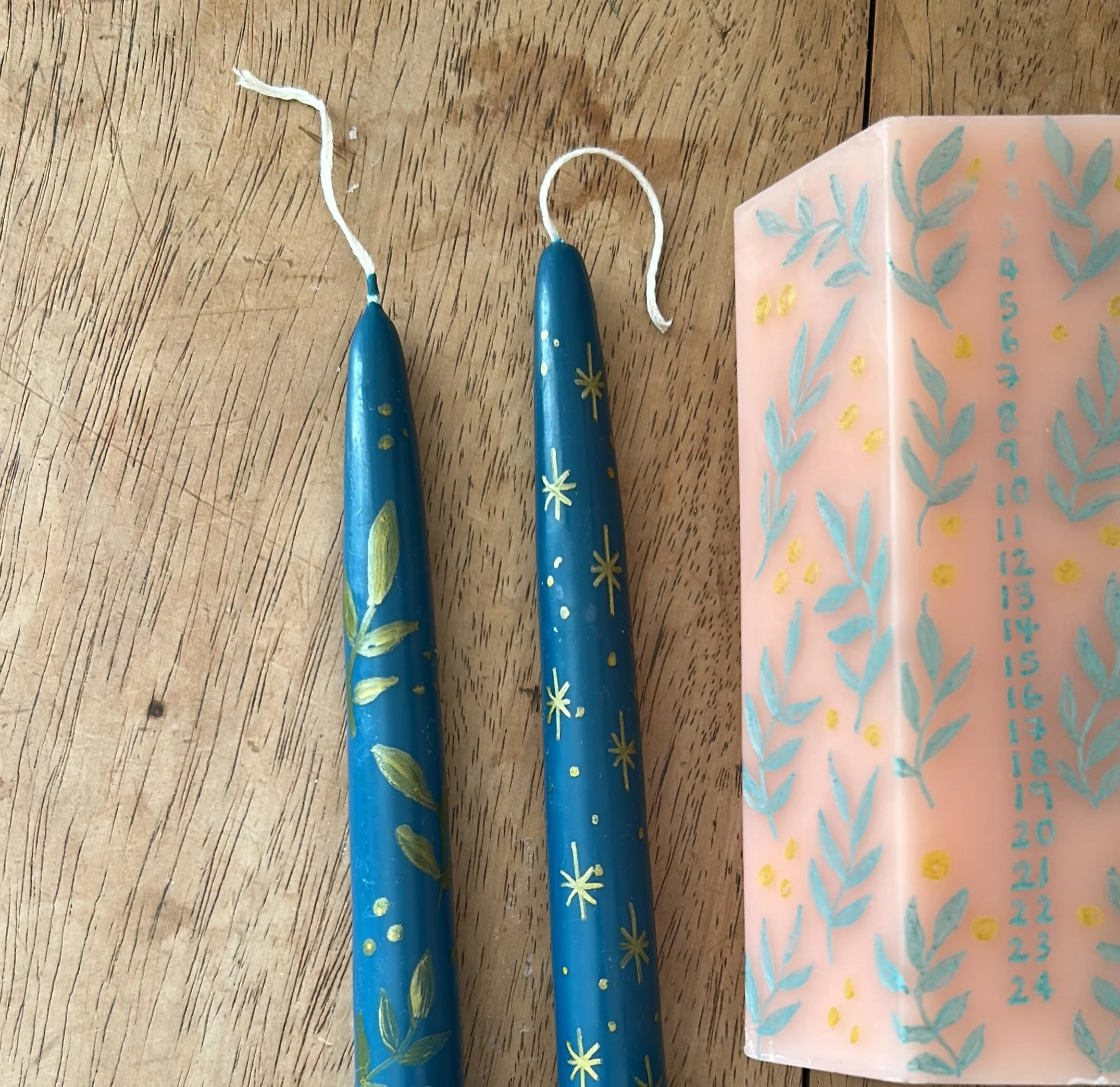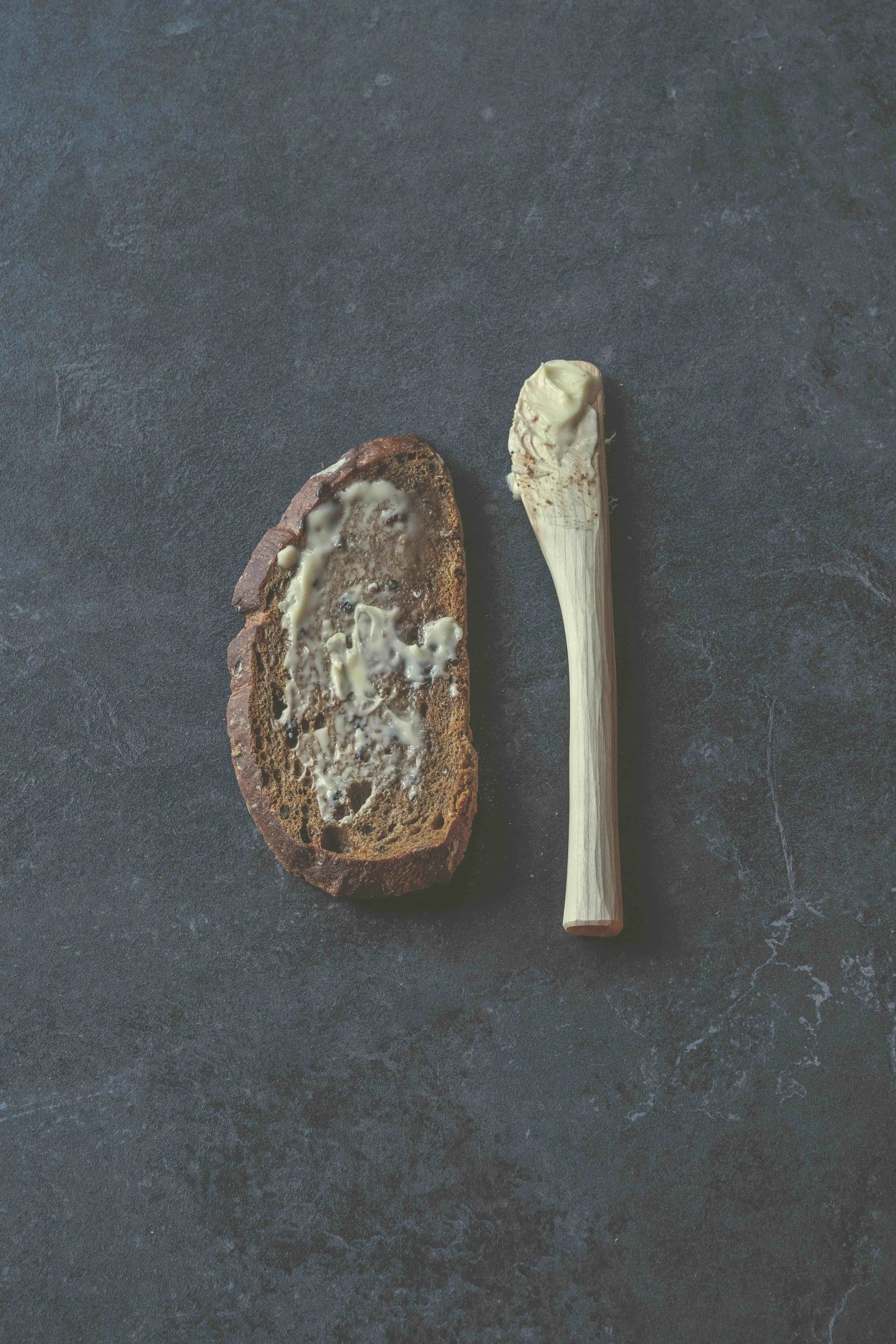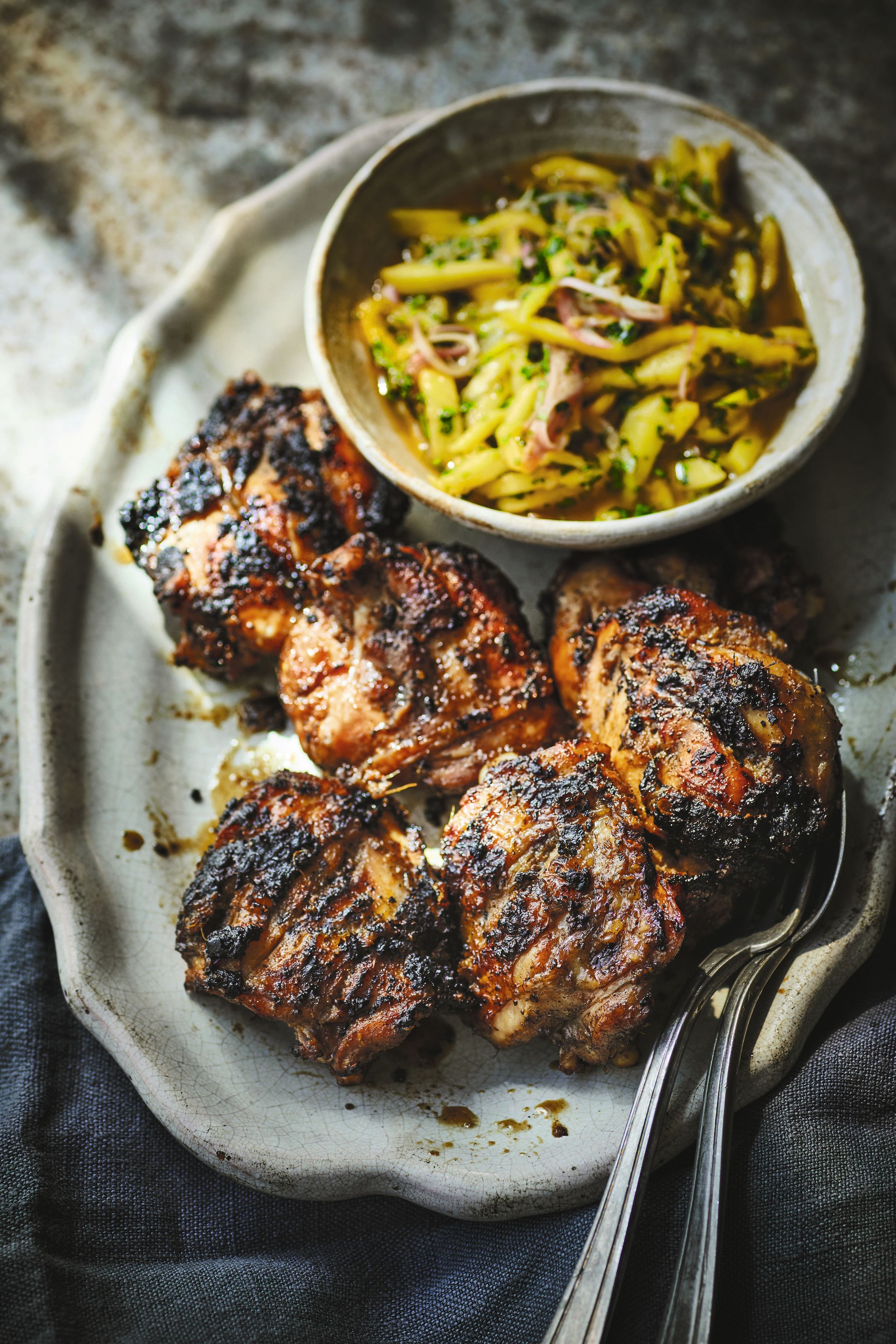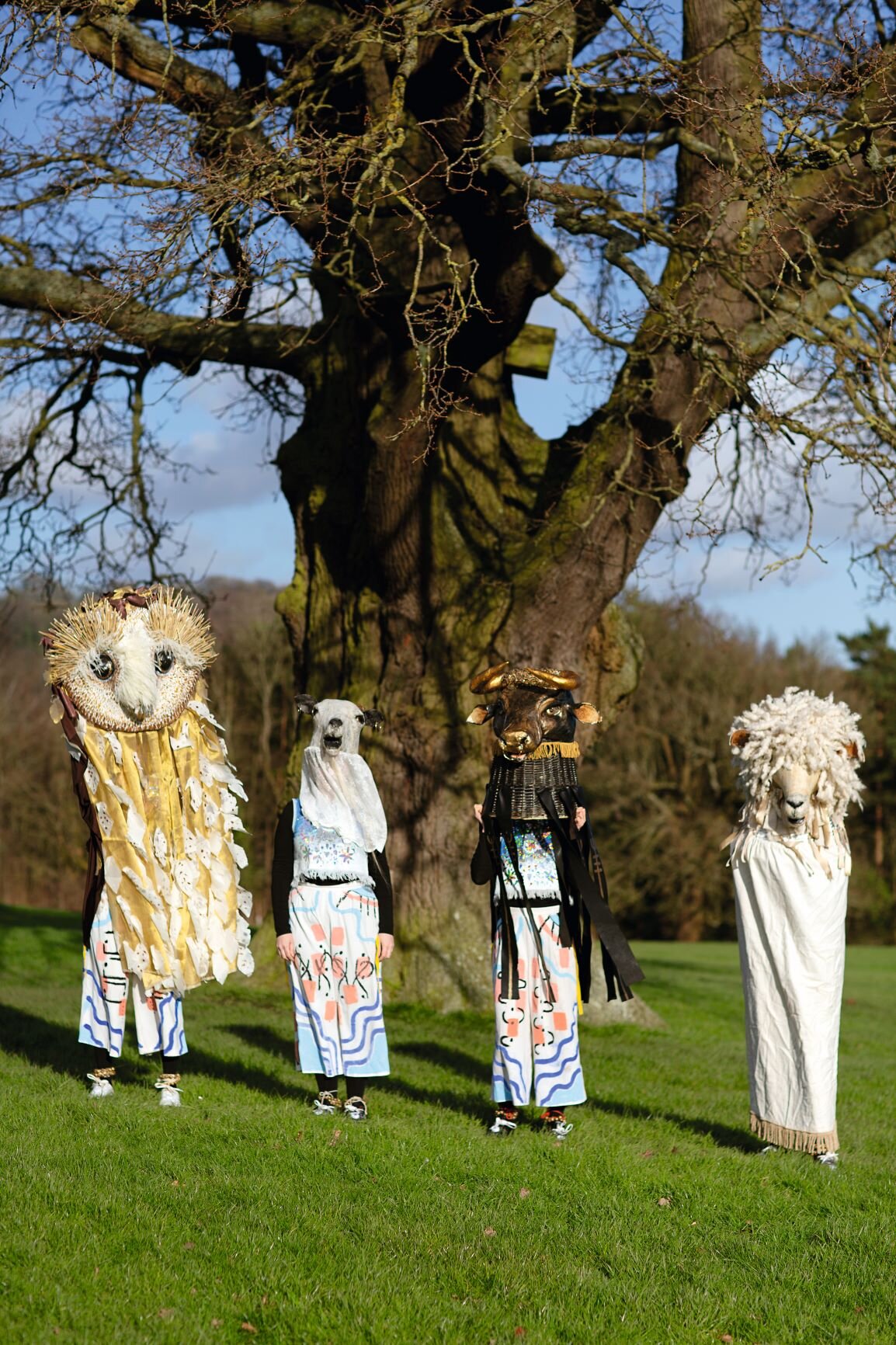Maypoles are surely one of the more colourful and quirky of our folk traditions, but is there meaning and method in the May madness and what do those coloured ribbons symbolise?
One of the most British of sights is surely that of multicoloured ribbons, fluttering and being plaited around a Maypole under a blue late spring sky. Maypoles are imbued with a rich history of symbolism, as you might imagine. Folklorists argue about whether the phallic shape of the pole is in fact a symbol of male virility. We couldn’t possibly comment, but it would make sense if you believe, as many do, that the wreath of flowers that tops many poles is representative of female fertility.
While the poles have been around for many centuries, the ribbons that adorn many a Maypole now were a later addition, some say they arrived post-Restoration, some time in the mid 18th-Century, others say it was the Victorians who added them. Whoever we have to thank, the ribbons are there not only to flutter prettily in the breeze but to be held by the dancers who go round and round the Maypole, plaiting the ribbons into pretty patterns as they go, until they are all neatly tied to the pole. They then repeat the steps in reverse to unwind them, which is said to symbolise the lengthening of the days, as the ribbons are freed and become longer again.
Maypole ribbons come in many and various colours. Red and white is said to represent the ‘earthly’ and the ‘divine’, but various towns and villages choose their colours for various reasons.
Some Maypoles use colours to represent the season and the harvest to come: gold for the sun, green for the leaves and vines and purple for grapes (and hopefully wine). As the dancers weave the ribbons together, it’s hoped they act as a prayer for all these elements to work together in harmony and produce a good crop. The dance itself is a symbol of the villagers working together as they will work later in the year to bring the harvest in.
Other Maypoles are simply a celebration of spring, with green for growth, yellow for light and blues and reds for flowers. Pink and purple are said to symbolise feminine sweetness and also power.
Our blog was inspired by our May issue ‘Modern Eccentrics’ feature on folk dancers by Johanna Derry Hall with photography by Jonathan Cherry. It starts on page 14 of the May ‘Folk’ issue and is in shops now.
Buy this month's The Simple Things - buy, download or subscribe
















